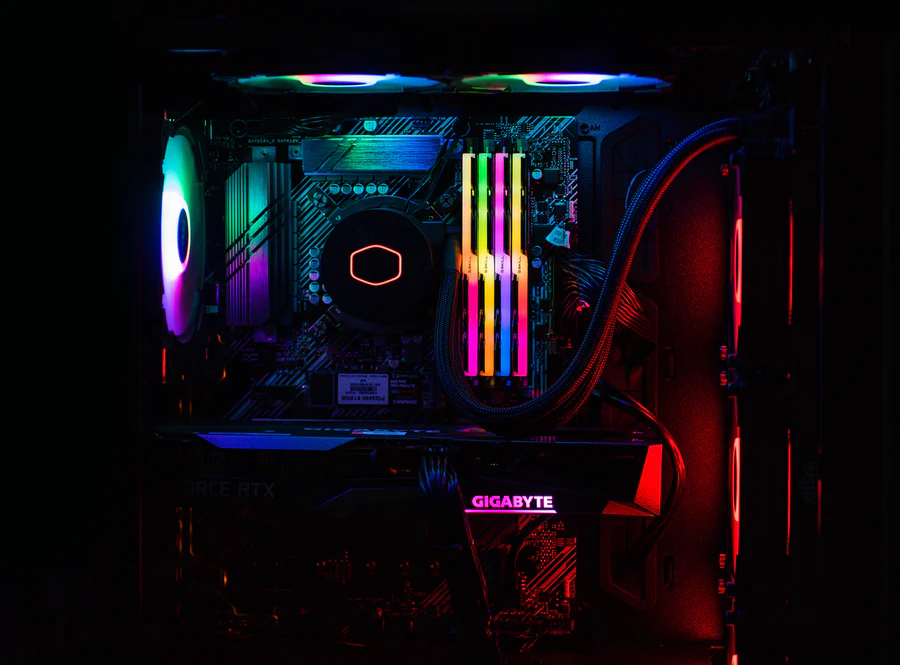Many are aware that copyright law protects original works of authorship like books, paintings, movies, sculptures, and more. Interestingly enough, something very similar to copyright law also protects computer chips (or more accurately, the etchings placed on or in computer chips that make them work). In 1984, Congress enacted the Semiconductor Chip Protection Act (“SCPA”) which created a new type of intellectual property right. See 17 USC §900. The new IP right was available for semiconductor chip manufacturers and covered what are commonly called “mask works.” The statutory protection framework under the SCPA looks similar to the copyright framework used to protect original works of authorship. For example, the US Copyright Office is tasked with administering the rights under the SCPA and a new IP symbol was created for use by semiconductor chip manufacturers — the symbol *M* (asterisks, not parentheses marks) or an M inside a circle).
What are “Mask Works”?
At a very basic level, for a computer chip to work, a design must be etched or embedded into the chip or onto its surface. Many times, the etchings have layers of etchings creating a three-dimensional design. The etchings are filled with metallic or other electricity conducting materials. These etchings will look like sophisticated versions of drawings for an electric circuit but on a very tiny scale. These etchings are called “mask works” because of the manner in which they are created. The process of etching the chips — called photolithography — is light sensitive. Thus, during the etching, a “mask” is used to block or permit light to reach various portions of the etching surface.
Thus, the SCPA defines a “mask work” as:
“a series of related images, however fixed or encoded (1) having or representing the predetermined three-dimensional pattern of metallic, insulating, or semiconductor material present or removed from the layers of a semiconductor chip product; and (2) in which series the relation of the images to one another is that each image has the pattern of the surface of one form of the semiconductor chip product”
Why Was a New IP Protection Statute Needed in 1984?
In 1984, the problem for semiconductor chip manufacturers was that neither copyright law nor patent law allowed protection for mask works. Copyright law ONLY protects an original work of authorship IF the work is non-functional. But the etching designs on computer chips ARE functional. They allow and direct the electrical current which enables the computer to function in a designed and predetermined manner. Patent law also did not protect mask works since mask works did not meet the legal definition for patentability. Thus, a new IP protection framework was needed.
How are Mask Works Legally Protected?
As with copyrights, for a mask work to be legally protected, the owner of the mask work must apply with the Copyright Office for registration. Once a mask work is registered, then the owner is legally entitled to the exclusive right to reproduce the mask work and the exclusive right to import computer chips containing the mask work. On the flipside, the owner of a registered mask work has the legal right to prevent others from copying the original mask and can sue in federal court against any person or business who infringes against the mask work or who induces another to commit infringement.
If you have questions about protecting your trademarks, copyrights, mask works or other intellectual property, contact the IP litigation lawyers at Revision Legal at 231-714-0100.




